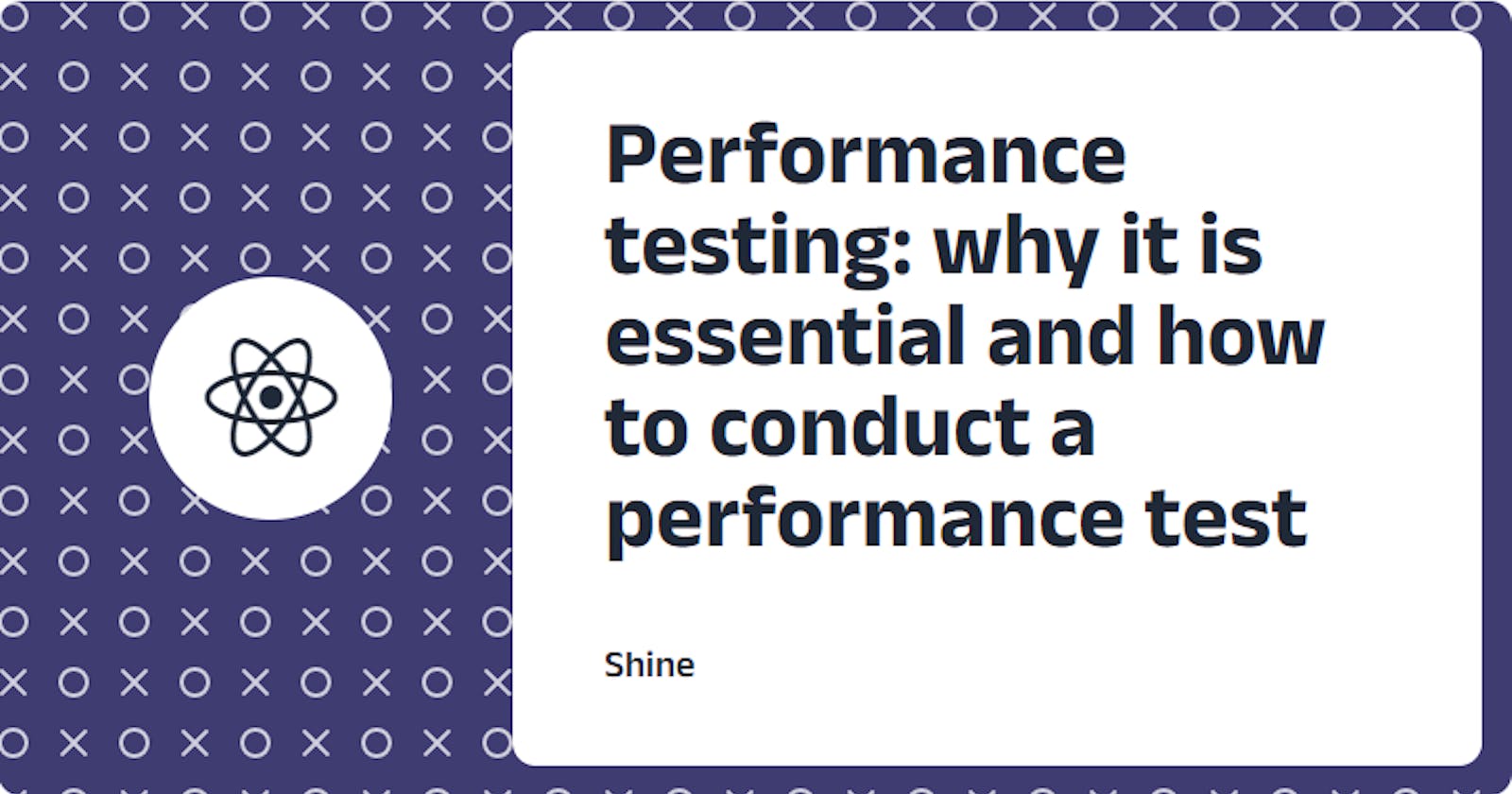Performance testing: why it is essential and how to conduct a performance test
Performance testing is a type of software testing that focuses on assessing an application's ability to meet specific performance requirements by evaluating its stability, speed, scalability, and resource utilization.
Note***:*** Organizations run performance testing for at least one of the following reasons:
To determine whether the application satisfies performance requirements (for instance, the system should handle up to 5,000 concurrent users).
To locate computing bottlenecks within an application.
To verify the accuracy of the performance levels asserted by a software vendor.
To compare two or more systems and identify the one that performs best.
To measure stability under peak traffic events
Importance of Performance Testing
These are; Identifying Bottlenecks, Ensuring User Satisfaction, Scalability and Capacity Planning, Stability and Reliability, and Cost Optimization.
Identifying Bottlenecks: Performance testing helps identify performance bottlenecks, such as slow response times, high resource consumption, or limited scalability. By pinpointing these issues, developers can optimize the system to enhance its performance.
Ensuring User Satisfaction: Users expect software and applications to perform efficiently. Performance testing helps ensure the system meets user expectations by providing a smooth and responsive experience. It helps identify and fix issues that could result in user frustration or dissatisfaction.
Scalability and Capacity Planning: Performance testing assists in determining the system’s scalability and capacity limits. Simulating various loads helps evaluates whether the system can handle increased user traffic or growing data volumes. This information is crucial for capacity planning.
Stability and Reliability: Performance testing help uncover stability and reliability issues by subjecting the system to different load conditions. It identifies potential problems such as memory leaks or crashes under heavy loads. Developers can improve the system’s stability and ensure uninterrupted operation.
Cost Optimization: Efficient performance testing can help optimize infrastructure costs by identifying performance bottlenecks and resource inefficiencies. Organizations can make informed decisions about infrastructure provisioning, thus avoiding unnecessary expenditure on over-provisioning.
How to conduct a performance test
Identify Performance metrics: Determine the key performance metrics to be measured, sure as response time, throughput, resource utilization, and error rates. These metrics should align with the system’s performance objectives.
Create a realistic test environment: set up a test environment that closely resembles the production environment regarding hardware, software, network configurations, and data. It ensures accurate performance results.
Define Test Scenarios: Identify different types of user interactions or load scenarios that the system may encounter. For example, simulate concurrent user logins, database queries, or file uploads. Create test scripts or test scenarios that replicate these activities.
Generate Test Data: Prepare representative test data that resembles real-world scenarios. Use production-like datasets to generate realistic workload patterns during testing.
Execute Performance Tests: Execute the performance test scenarios while monitoring and collecting performance-related metrics. Use specialized performance testing tools to simulate concurrent users and generate the desired workload.
Analyze Results: Analyze the collected performance metrics and compare them against the defined performance objectives. Highlight any bottlenecks, performance challenges, or potential areas that could be improved.
Optimize and Retest: Based on the analysis, optimize the system to address any identified performance issues. It may involve code optimization, database tuning, or infrastructure scaling. Retest the system after making changes to ensure performance objectives are met.
Repeat and Continuous Monitoring: Performance testing should be an iterative process, especially during the software development lifecycle. As new features are added or changes are made, conduct regular performance tests to ensure ongoing performance optimization.
Additionally, consider implementing continuous performance monitoring in production to detect performance issues in real-time.
